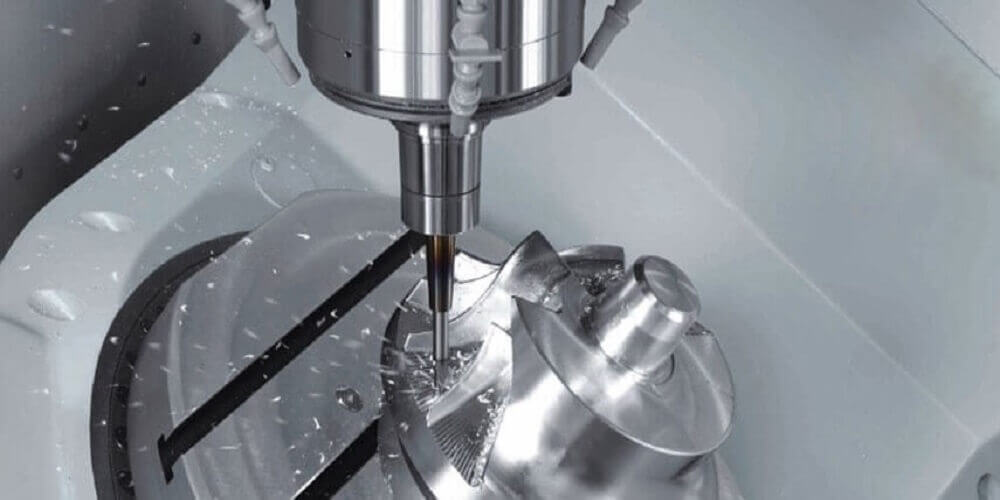The use of CNC prototypes has been of quintessential benefits to design-oriented professionals for years now. Since the inception of this particular prototyping technique, the world of design and life scaling has barely been the same. Interestingly, the technology has been made even more polished as time progresses. Even now, improvements are being made to the CNC prototyping technique making it smoother and more productive. To learn more about technology, this article is not a bad place to start. After the article, however, one could follow this link for further info.
This article will be focused on outlining the most essential “to knows” concerning the CNC prototyping technique. There is a lot of confusion flying about concerning the differences between CNC prototypes and 3D printed models… This article will be outlying the differences between both processes as an added benefit to readers. But first thing first, CNC prototyping.
What are CNC Prototypes?
These CNC prototypes are simply products of the CNC prototyping technology. This technique involves the use of a CNC machine. These CNC prototype machines usually need the directions of a computer as a sort of guidance system. The computer makes use of softwares to input the desired design. The softwares being used in CNC prototyping are the CAD and CAM softwares.
The computer-aided design (CAD) and computer aided manufacturing softwares are used to input desired designs into the machines. These softwares also assist the computer to skillfully control the machines involved in the design process. This makes the softwares an essential part of the entire CNC prototyping process. Hence it is next to impossible to properly describe CNC prototypes without at least mentioning these softwares.
CNC Prototypes Vs 3D Printed Models
These two products are quite similar as finished goods. This is because they both exist as life-scaled 3-dimensional models of a much larger design. However, their major difference lies in their manufacturing process. Before they become finished products, how do they exist? That is where we will be focusing our attention.
For the 3D printed models, a more additive technique is used. In 3D printing the model is sort of “built”. The ink used sort of layers over itself. So the material used as the ink is continually layered to make 3D models. This is why the technique is described as being additive. Because the various layers are added to each other to give a final form.
As for the CNC prototypes, they are produced via a less additive technique. In this prototyping, there is no use of ink. Instead, the whole material is shaped into the desired form. This is why the use of the CNC prototyping technique usually involves the use of numerous machines and tools. All aimed at shaping the whole material into precise shapes.
Conclusion
We have succeeded in noting the major difference between the CNC prototypes as well as the 3D printed models. While both could be used, CNC prototypes are more durable and are preferred for certain projects.

